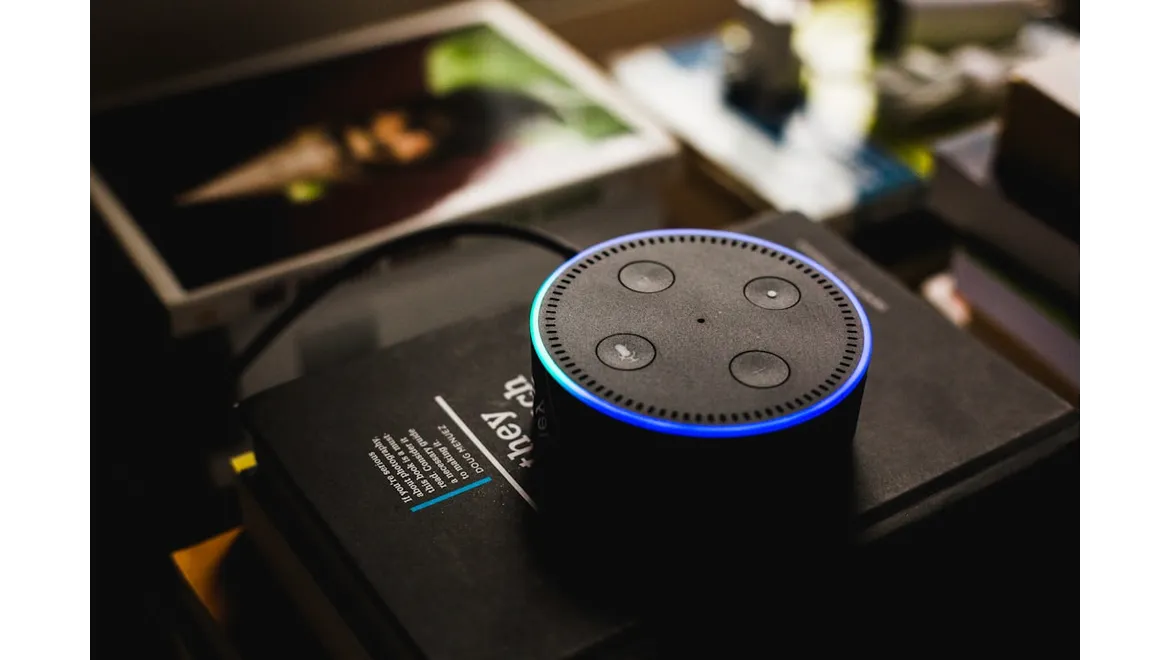The rapidly evolving landscape of search technology is redefining how we access information. The integration of advanced technologies like natural language processing (NLP), artificial intelligence (AI), and machine learning (ML) has significantly enhanced the search experience. These advancements are not solely about finding relevant information but also about understanding user intent, providing personalized results, and integrating various data forms to deliver a comprehensive search experience. This article will delve into the significant advancements in search technology, focusing on voice search, visual search, and semantic search.
Voice search has revolutionized the way users interact with search engines. The integration of voice capabilities allows users to perform searches using spoken commands, making the search process more intuitive and accessible. This is particularly beneficial in situations where typing is not an option, such as when driving or cooking. The technology behind voice search is constantly evolving to handle the nuances of spoken language, including understanding different accents, dialects, and colloquialisms. Consequently, there is an increased focus on optimizing search results for local content and providing immediate, actionable information. For instance, users asking for “the best pizza place near me” expect quick and accurate results relevant to their location. Voice search is also driving the development of speech-to-text models coupled with vector searches, converting spoken language into text and using advanced algorithms to find the most relevant results.
Visual search is another area where AI is making significant strides. This technology allows users to search using images instead of text, particularly popular in industries like fashion, home decor, and real estate, where visual elements play a crucial role in decision-making. Visual search uses AI to analyze the content of an image and find similar images or related information. For example, users can take a picture of a piece of furniture they like and use it to find similar items online, eliminating the need to describe the item in words, which can be challenging and time-consuming. To stay competitive, organizations must keep up with these trends by creating research teams, fostering innovation, and continuously investing in new technologies. Visual search not only enhances the user experience but also drives sales by making it easier for customers to find what they are looking for.
Semantic search represents a significant advancement in how search engines understand and process user queries. Unlike traditional keyword-based search, semantic search focuses on understanding the context and intent behind a user’s question. This is achieved through vector-based functions that relate text to other nearby text in the system. For example, Amazon’s OpenSearch Service uses semantic search to return relevant results even if they share no text with the original inquiry. This technology simplifies queries and provides more accurate and relevant results. By investing in semantic search technology, organizations can improve the user experience and make it easier for customers to find the information they need.
The integration of AI, NLP, and ML into search technology has further enhanced the relevance and accuracy of search results. These technologies enable search engines to learn from user behavior, understand context, and develop more sophisticated ranking algorithms. This allows search engines to predict user intent and deliver personalized results. For example, NLP helps search engines process natural language inputs, detect patterns, and generate relevant responses. This is particularly useful for complex and conversational queries. AI programs like Generative AI (GenAI) can learn from user interactions over time, providing more relevant responses and pulling data from a wide variety of sources almost instantly. Machine learning also plays a crucial role in analyzing large datasets, pinpointing trends, and enabling advanced data visualization and analytics. This helps users better interpret their data and make informed decisions. Advanced ML algorithms can identify outliers and abnormal patterns, optimizing business operations.
The advancements in voice, visual, and semantic search, coupled with the integration of AI, NLP, and ML, are transforming the search landscape. These technologies are making searches more intuitive, personalized, and accurate. As a result, users can find the information they need more quickly and efficiently. Organizations must stay ahead of these trends by investing in advanced technologies, fostering innovation, and prioritizing user-centric design and development practices. By doing so, they can take advantage of the unprecedented growth opportunities these advancements offer. The future of search technology is indeed promising. With continuous advancements in AI, NLP, and ML, search engines will become even more powerful and user-friendly, enhancing the user experience and driving growth and innovation across various industries.











